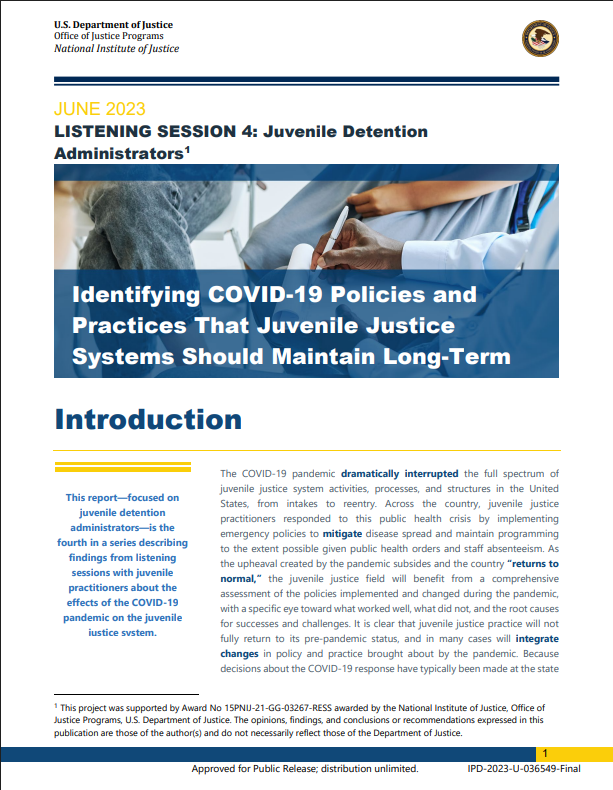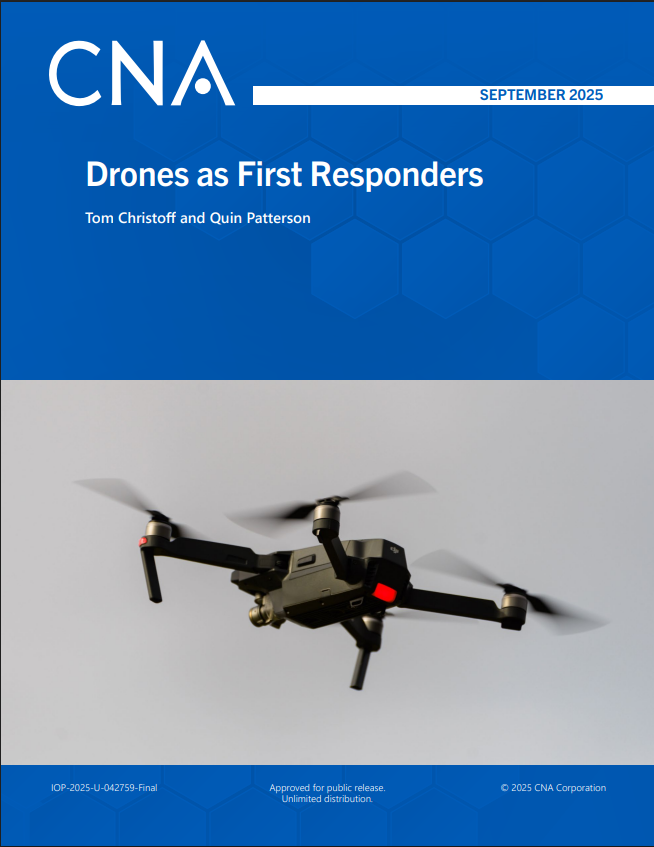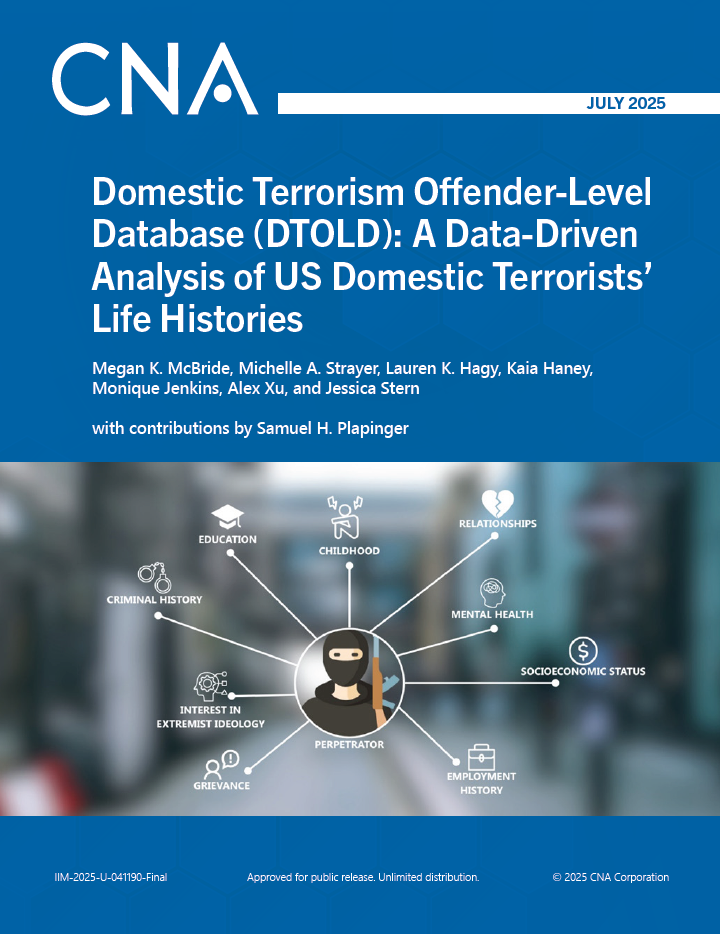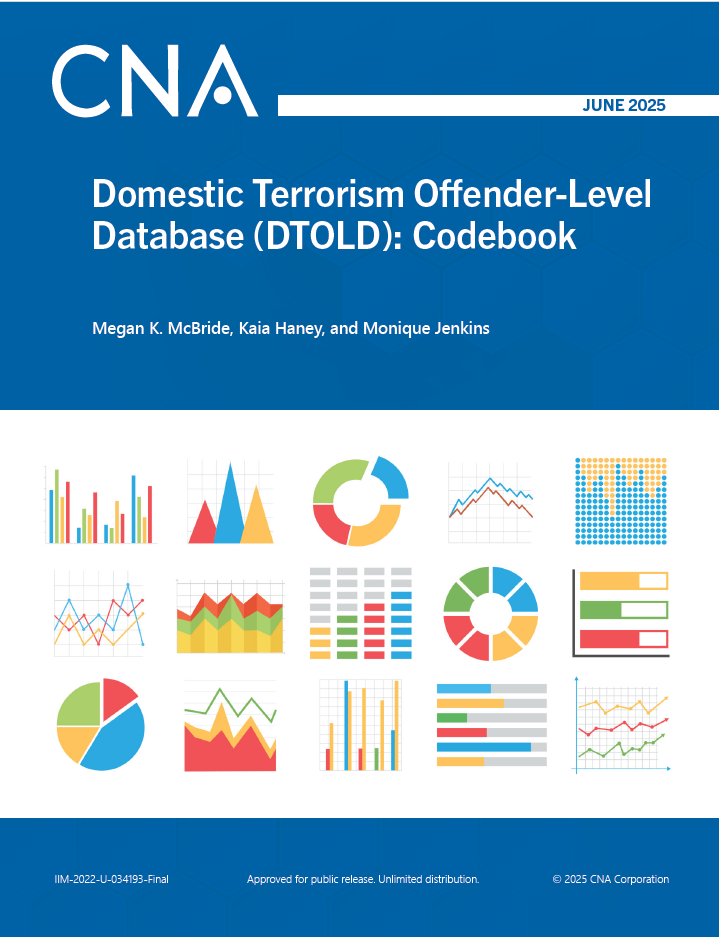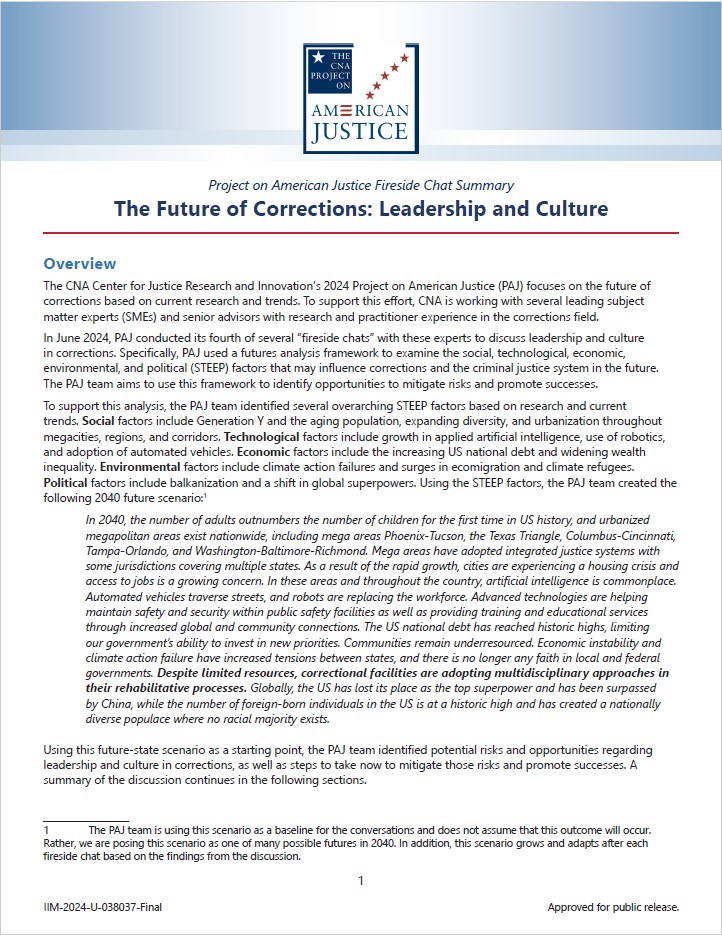Community collaboration is at the heart of policing in the 21st century. Based on this premise, the City of Tulsa developed 77 recommendations for implementing community policing in its jurisdiction. These recommendations closely followed the substance and format of The Final Report of The President’s Task Force on 21st Century Policing, a national report developed by policing experts and community collaborators in 2015. In order to determine whether the Tulsa Police Department (TPD) is making progress in this area, the City of Tulsa hired CNA’s Center for Justice Research and Innovation to conduct a community policing evaluation; the project started in November 2020. CNA used the community-based participatory action research (CBPAR) model as the basis of the evaluation approach to promote the inclusion of input from a diverse range of TPD officers and community stakeholders from across the City of Tulsa. Four Tulsans with experience working with different community groups served as community co-researchers on the evaluation team.
The goal of the Tulsa Community Policing Evaluation was to gain an objective and in-depth understanding of TPD’s community policing practices. More specifically, the evaluation was designed to determine whether TPD has made progress in collaborating with the community, identify what community policing should look like in Tulsa, and develop a roadmap for how to achieve the community policing vision. A key part of the evaluation was a community consultation process to get input, insights, and perspectives on policing and community safety issues. The process included individual interviews, focus groups, community meetings and dialogues, and a community survey. The evaluation also involved the collection and review of documents pertaining to community policing and an analysis of crime, calls for service, demographic, and complaint data.
This report presents insightful findings about community policing and actionable recommendations that TPD and the City of Tulsa can implement in order for TPD to become an effective and forward-leaning community policing organization. The 54 recommendations found in this report are organized by the six 21st Century Policing pillars—building trust and legitimacy, policy and oversight, technology and social media, community policing and crime reduction, training and education, and officer wellness and safety. These recommendations are based on the insights and perspectives learned through the community consultation, findings of The Final Report of the President’s Task Force on 21st Century Policing, the evaluation team’s knowledge of best practices and their experiences working in police agencies nationwide, and police reforms in cities where reforms are driven by teams of policing experts and criminal justice researchers.
Our key evaluation findings include the following:
TPD has made positive changes and progress in many areas, including support for crime victims, relations with Hispanic community members, body-worn camera implementation, formation of the Community Engagement Unit, creation of Community Advisory
Boards (CABs), implementation of new collaborative partnerships, and establishment of the Tulsa Sobering Center (TSC) as a jail diversion program.
TPD’s current emphasis on the term “collaborative policing” sets just the right tone for community policing in Tulsa.
Officers and community members alike express that trust in policing is lower in marginalized communities.
There are widespread perceptions in the community that TPD engages in disparities in how Black neighborhoods and individuals are treated.
Many community members expressed frustration, saying that they know very little about the department’s decisions and changes, and that they would like to see more transparency in many areas of TPD’s operations.
The creation of CABs is an important step forward, but the boards lack community leadership and transparency.
TPD’s performance evaluation system does not currently reflect the principles and practices of collaborative policing.
TPD can use technology solutions to benefit community policing efforts.
TPD does not currently have an accessible, dynamic, searchable website to provide information to the public.
Many officers do not see community policing as part of their job. Community members expressed that TPD officers do not engage in enough casual, non-enforcement interactions with the community.
TPD has a wide range of training courses relevant to community policing but lacks an overall vision and process to integrate training courses across training domains to support a holistic approach to community policing.
Officer wellness programs and proactive activities support more effective community engagement.
Download reportDistribution unlimited.
Details
- Pages: 120
- Document Number: IIM-022-U-031635
- Publication Date: 2/28/2022
